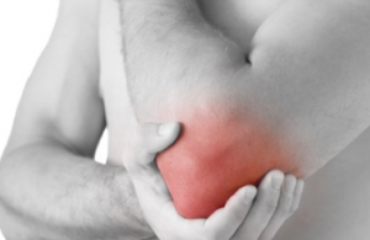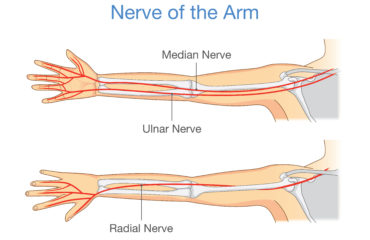Arthroscopy is a surgical procedure that is performed in order to diagnose, inspect, and repair injuries or conditions within a specific body joint (knee, shoulder, and elbow). When performing an elbow arthroscopy, an elbow surgeon in Phoenix puts a small camera, known as an arthroscope, into the elbow joint which displays images onto a TV screen in order to help guide their tiny surgical instruments as they work on the elbow joint.
Since the instruments surgeons utilize are extremely small, they can also make much smaller incisions, compared to those required for open surgeries, resulting in less joint pain and stiffness as well as shorter recovery times.
Orthopedic doctors often suggest elbow arthroscopy if their patients have painful conditions which do not benefit from nonsurgical treatment(s). These treatments typically include rest, physical therapy, and medications/injections that reduce elbow inflammation, swelling, stiffness, and/or pain.
Common Arthroscopic Procedures
The majority of elbow conditions are the result of chronic overuse, injury and normal aging. Arthroscopy of the elbow can relieve painful elbow symptoms, plus it may be recommended for the removal of loose bone, cartilage fragments, or scar tissue that often impede normal movement. Some arthroscopic procedures include:
- Lateral epicondylitis (treatment for tennis elbow).
- Removal of loose bone and/or cartilage fragments.
- Scar tissue release to provide additional range of motion.
- Osteoarthritis treatment procedures.
- Rheumatoid arthritis treatment procedures.
Recovery after Arthroscopic Procedure
While arthroscopic surgery recovery is typically quicker than open surgery recovery, it can take a few weeks for the elbow to totally recover. Some discomfort and pain should be anticipated for a minimum of one week following surgery. Pain from more extensive types of surgery can take many weeks to subside. Medications to relieve pain and inflammation should be taken on a regular basis for the first few postoperative days.
For the first two days, elevation and regular icing of the elbow is very important, as these measures also reduce swelling and/or relieve pain. Depending on the type of procedure performed, the sports medicine surgeon may give instructions to ice and elevate the elbow for a longer period of time.
In order to minimize the degree of swelling and to promote circulation, patients are strongly advised to frequently move their wrist and fingers. Early range of motion exercises are often recommended to alleviate stiffness of the elbow joint. To a great extent, return to normal daily activities will depend on the type of procedure that was performed.
Rehabilitation after Arthroscopic Procedure
 Rehabilitation plays a critical role in faster recovery times from any elbow arthroscopic procedures. Individually designed exercise programs enable patients to successfully regain forearm/elbow strength and mobility.
Rehabilitation plays a critical role in faster recovery times from any elbow arthroscopic procedures. Individually designed exercise programs enable patients to successfully regain forearm/elbow strength and mobility.
In cases of minor elbow surgeries, Arizona orthopedic doctors often have their patients begin basic exercises a couple of days post procedure. With more complicated surgeries, physiotherapy is generally started following the first postoperative visit to the surgeon.
The kind and total length of physical therapy prescribed depend on the patient’s elbow condition and/or the type of procedure performed. Return to work or commencement of normal activities of daily living, driving, etc. also depend on surgery type and specific doctor’s orders.
Complications after Arthroscopic Procedure
The majority of elbow patients do not experience any complications associated with elbow arthroscopy. Most complications are typically quite minor and are not likely to have any effect on a patient’s long term outcome. 
However, according to studies, there does seem to be a slightly increased risk of nerve irritation/injury or infections following elbow arthroscopy as opposed to arthroscopic procedures for other joints. Other potential complications include excessive bleeding, blood clot formation, as well as blood vessel damage.



